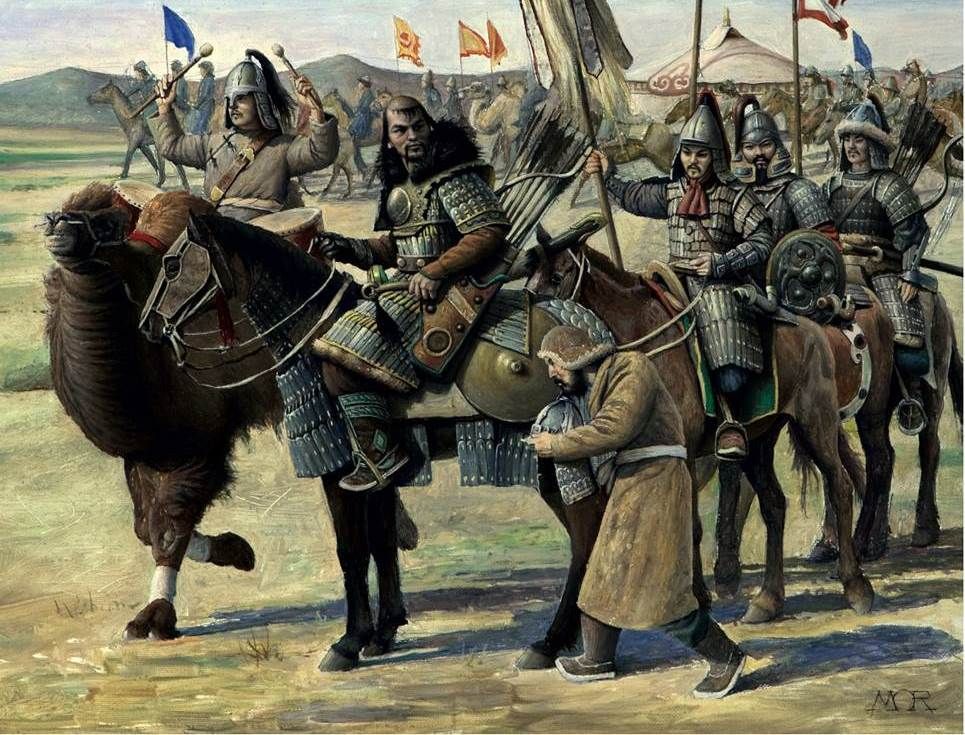
Hindu Revival & Mongols
Angkor Wat, Krong Siem Reap, CAfter the death of Jayavarman VII, his son Indravarman II (reigned 1219–1243) ascended to the throne. Jayavarman VIII was one of the prominent kings of the Khmer empire. Like his father, he was a Buddhist, and he completed a series of temples begun under his father's rule. As a warrior he was less successful. In 1220, under mounting pressure from the increasingly powerful Dai Viet and its ally Champa, the Khmer withdrew from many of the provinces previously conquered from the Chams.
Indravarman II was succeeded by Jayavarman VIII (reigned 1243–1295). In contrast to his predecessors, Jayavarman VIII was a follower of Hindu Shaivism and an aggressive opponent of Buddhism, destroying many Buddha statues in the empire and converting Buddhist temples to Hindu temples.[49] Kambuja was threatened externally in 1283 by the Mongol-led Yuan dynasty.[50] Jayavarman VIII avoided war with general Sogetu, the governor of Guangzhou, China, by paying annual tribute to the Mongols, starting in 1285.[51 ] Jayavarman VIII's rule ended in 1295 when he was deposed by his son-in-law Srindravarman (reigned 1295–1309). The new king was a follower of Theravada Buddhism, a school of Buddhism that had arrived in southeast Asia from Sri Lanka and subsequently spread through most of the region. In August 1296, the Chinese diplomat Zhou Daguan arrived in Angkor and recorded, "In the recent war with the Siamese, the country was utterly devastated".[52]
